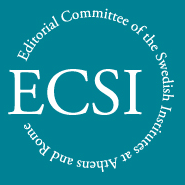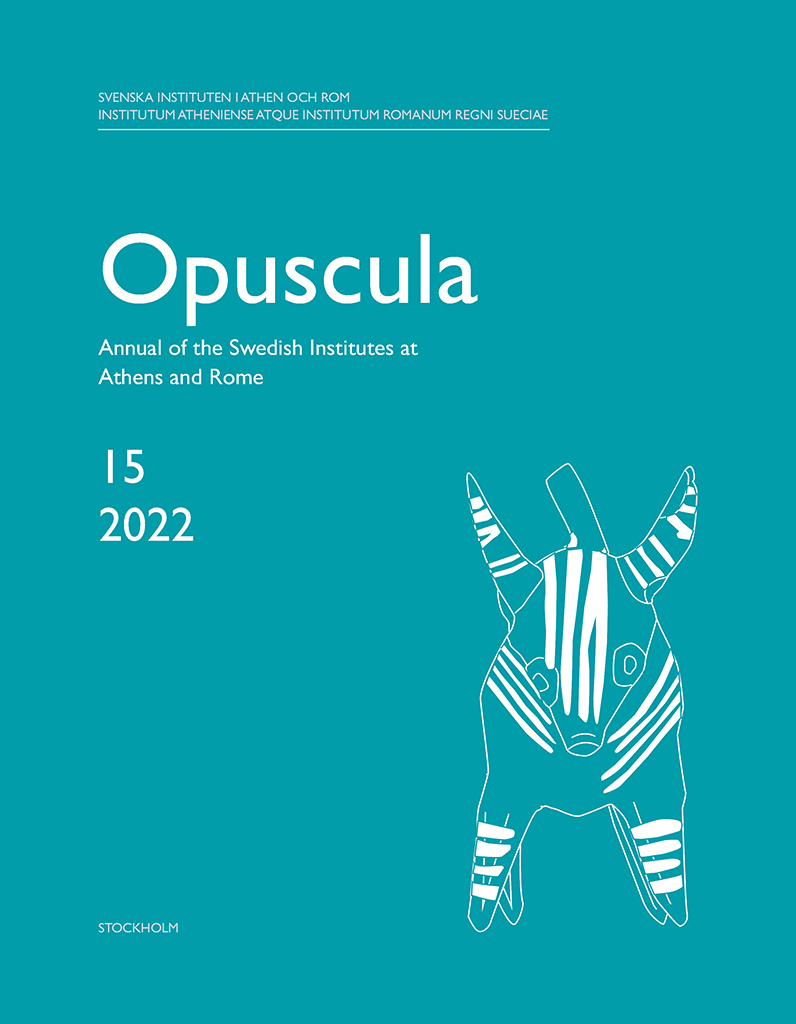Opuscula is published by the Swedish Institutes at Athens and Rome, with the aid of a grant from the Swedish Research Council. Distributed by Eddy.se AB. View journal at ERIH PLUS. All content available with open access. Research review. Navigating the digital limes: Transformative practices and challenges in Classical and Mediterranean archaeology By Nicolò Dell’Unto (Lund University) Abstract This paper examines the profound impact of digital technology on Classical and Mediterranean archaeology, with a focus on digital field recording and infrastructures. Using the “Skeuomorphism of Practice” framework, it traces the integration of technology into our existing methodologies. The Swedish Pompeii Project is used as a case study to illustrate the adoption of 3D models into traditional archaeological practices. While highlighting the benefits, the paper also addresses the tensions between traditional and digital methods. As archaeological practices increasingly generate digital data, the role of infrastructures as collaborative hubs is emphasized. The study questions the adequacy of current pedagogy in preparing students for the digital and technological landscapes and argues for continued critical reflection on the impact of technology. Bibliographical information Nicolò Dell’Unto, ‘Research review. Navigating the digital limes: Transformative practices and challenges in Classical and Mediterranean archaeology’, Opuscula. Annual of the Swedish…
Opuscula is published by the Swedish Institutes at Athens and Rome, with the aid of a grant from the Swedish Research Council. Distributed by Eddy.se AB. View journal at ERIH PLUS. All content available with open access. The Basilica Sempronia and the Forum Romanum By Henrik Gerding & Nicolò Dell’Unto Abstract The authors of this paper reinvestigate the remains of the Basilica Sempronia, situated below the Imperial Basilica Julia in Rome. By combining the information from the original excavation with a new 3D digital documentation, new observations are made and previous interpretations reassessed. The present remains are discussed in relation to the contemporary built environment, as well as to preceding and following phases. It is argued that the Basilica Sempronia was an elongated hall with closed lateral walls and interior supports. It was erected on a podium that raised the building above the surrounding streets on all sides except the west. The Augustan renewal of the Basilica Julia entailed vast foundations works, which had a huge impact on the site. However, evidence of an intermediate phase indicates the existence of a building complex that merged the previous basilica with the Tabernae Veteres, partly preserving their original dimensions and orientations. This…


